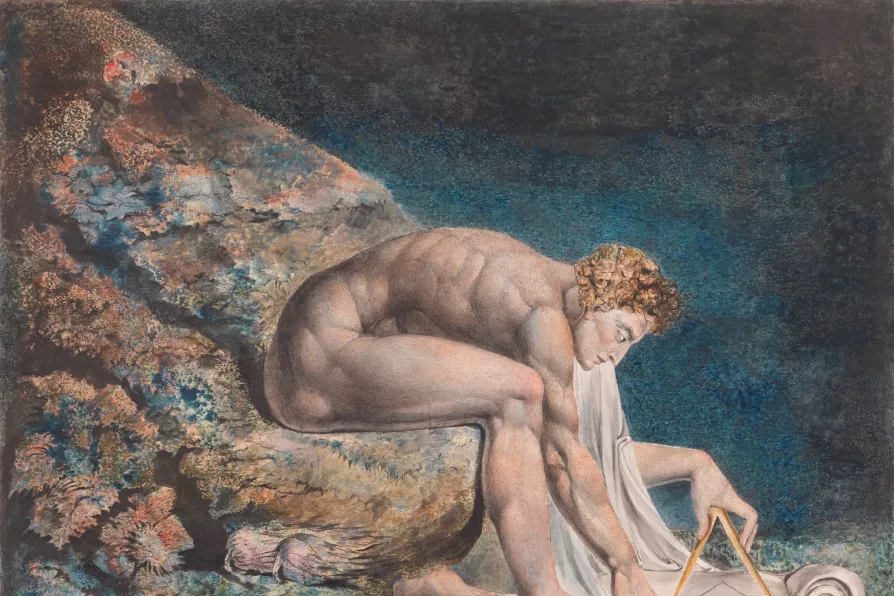The bard pays homage to his two muses: his wife and his football club
Obscured vision
The meaning and purpose of William Blake's work is only partly in evidence at Tate Britain, says
CHRISTINE LINDEY

 William Blake, Newton
William Blake, Newton
William Blake
Tate Britain
OFTEN linked to Constable and Turner as one of the three great British 19th-century Romantic artists, William Blake was a genuinely unique poet, printmaker and painter.
Albion Rose by William Blake
But, unlike them, he was never accepted by the art establishment of his day. He died a pauper at the age of 69 in 1827.
Similar stories

Ben Cowles speaks with IAN ‘TREE’ ROBINSON and ANDY DAVIES, two of the string pullers behind the Manchester Punk Festival, ahead of its 10th year show later this month

JAN WOOLF wallows in the historical mulch of post WW2 West Germany, and the resistant, challenging sense made of it by Anselm Kiefer

CAROLINE FOWLER explains how the slave trade helped establish the ‘golden age’ of Dutch painting and where to find its hidden traces

The Morning Star sorts the good eggs from the rotten scoundrels of the year










